Follow our government relations representative as she keeps tabs on important bills, helps to juggle relationships with policy makers and shakers, and fights the good fight for habitat and access
As half of the two-person government relations team at TRCP, it’s my job to stay informed on all the legislative and administrative policies that affect American sportsmen and women, as well as build relationships with congressional and agency staff—all to help ensure hunter and angler needs are heard in decision-maker offices.
The grind of drafting joint letters to ranking members and top agency brass, attending meetings with partners, and tracking legislation from introduction through hearings, mark-ups, and votes might not sound like the glamorous Hollywood version of Washington. But every day I get to work towards a future I believe in—accessible and quality habitat for American sportsmen and women—and that’s an incredible privilege.
Here’s what my day looks like:
7:05 AM

I start most days early by reading headlines, prepping for meetings, and gathering intel on the bills that we’re watching. If it’s Monday I put together our Policy Rider, a weekly email to more than 160 people—including partners, board members, and top donors—with the latest on what to expect from Congress and the administration in the coming week.
This is no small task. I’m reading, listening, talking to key players, and generally hunting down the latest information on political moves that affect hunters and anglers. And today I’m diving in especially early, coffee in hand, to get up to speed before some special TRCP events.
7:45 AM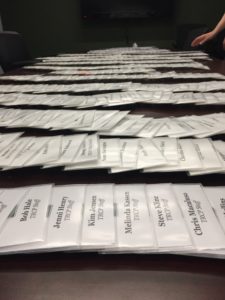
I clutch my backpack, throw on the heels that I keep under my desk, and make my way to TRCP’s biannual Policy Council meeting. This is where our partners are updated about what TRCP is working on internally and what specific recommendations our smaller working groups have drafted on a whole range of issues. I begin organizing and help caterers set up a breakfast buffet for representatives from our 54 partner organizations to enjoy once they arrive and settle in. I lay out nametags, set up the projector, and put the conference phone on an intercom system. More than 70 people trickle into the room, and we get to work hammering out priorities for the coming months.
11:10 AM
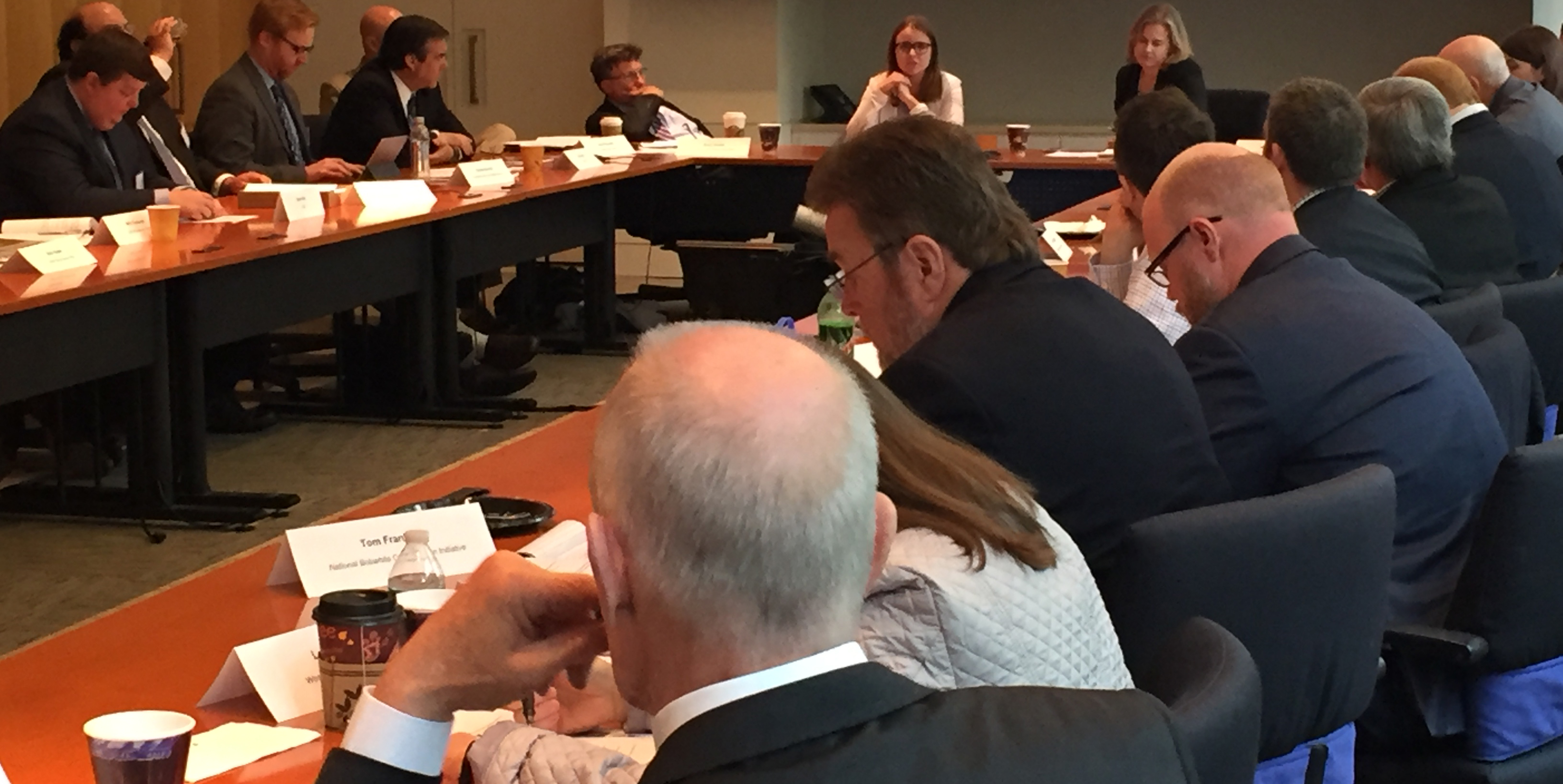
After a detailed discussion of the Agriculture and Wildlife Working Group’s proposed recommendations for the 2018 Farm Bill, plus recent developments for marine fisheries, national monuments, and funding for flood prevention, I step to the front of the room. I’m presenting on the outlook for conservation funding in the fiscal year 2017 appropriations process and fiscal year 2018 budget and appropriations. The Policy Council meeting concludes at 12:15 PM, and I do one final sweep of the room for forgotten belongings and unused nametags.
1:00 PM
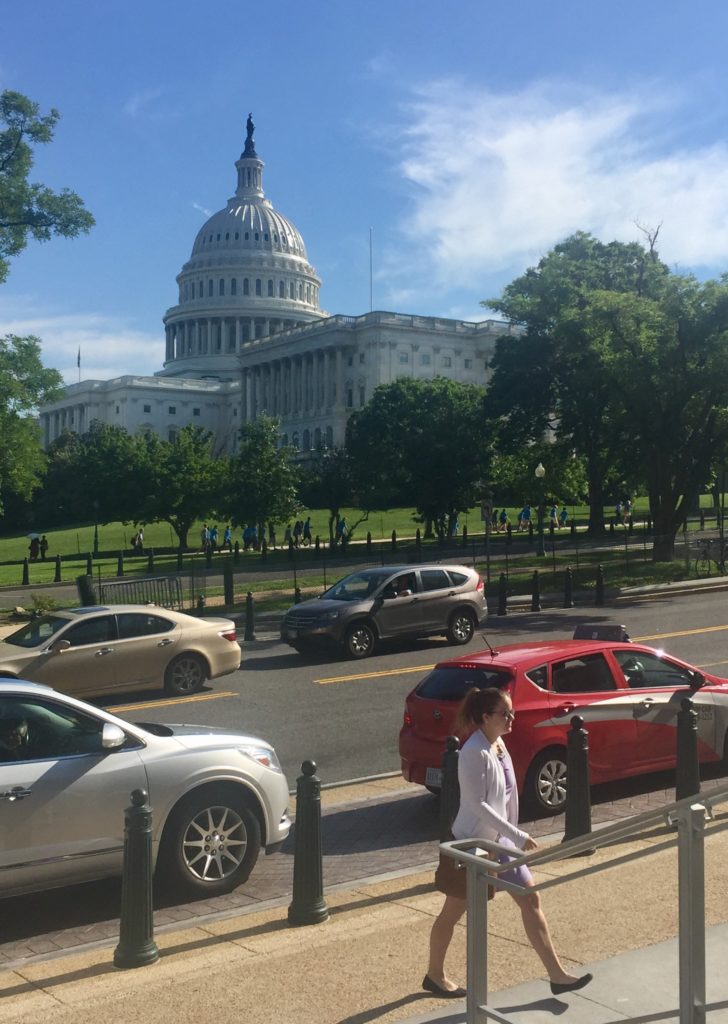 Next, I grab a taxi over to the House Office Buildings. Here, I meet up with TRCP field representatives who are in town and accompany them to congressional offices. Idaho field rep Rob Thornberry, senior scientist Ed Arnett, and I meet with Congressman Simpson to discuss fire borrowing, and marine fisheries director Chris Macaluso and I pitch staff for Reps. Cedric Richmond (D-La.) and Daniel Webster (R-Fla.) on possibly co-sponsoring the Modern Fish Act. I probably sit down face to face with decision makers or their staff about three to four times a week when Congress is in session, and I keep up with them over email as the need arises. These are our opportunities to highlight the real consequences of legislation for habitat, clean water, access, and the outdoor recreation economy, long before that lawmaker needs to make a vote on behalf of sportsmen and women back at home.
Next, I grab a taxi over to the House Office Buildings. Here, I meet up with TRCP field representatives who are in town and accompany them to congressional offices. Idaho field rep Rob Thornberry, senior scientist Ed Arnett, and I meet with Congressman Simpson to discuss fire borrowing, and marine fisheries director Chris Macaluso and I pitch staff for Reps. Cedric Richmond (D-La.) and Daniel Webster (R-Fla.) on possibly co-sponsoring the Modern Fish Act. I probably sit down face to face with decision makers or their staff about three to four times a week when Congress is in session, and I keep up with them over email as the need arises. These are our opportunities to highlight the real consequences of legislation for habitat, clean water, access, and the outdoor recreation economy, long before that lawmaker needs to make a vote on behalf of sportsmen and women back at home.
3:02 PM

My colleagues and I go our separate ways. Some head to other meetings while I make my way back to the office. Once I’m at my desk, I sit down and begin working on a letter that we plan to send to the Department of Defense and Department of Commerce on critically important infrastructure projects for public safety and conservation in the Gulf of Mexico.
I am also working on congressional appropriation letters that we plan to send to Senate and House committee staff. These letters address TRCP’s top funding priorities, line by line, that we want to see stabilized in fiscal year 2018. This is where our work gets wonky, and it’s my job to make sure lawmakers understand the very real impacts these decisions have on fish, wildlife, and the pursuits of hunters and anglers.
While jumping from letter to letter, I’m also answering emails from Hill staffers and coordinating efforts with partners on federal strategies for national monuments, public land management, and forestry. The truth is that my typical day looks a lot like this, with phone calls, emails, Word documents, and taxi rides to the Hill, but many of my conversations are about the lands and waters where you’d never think to crack open a laptop or join a conference call.
5:15 PM

I pack up my things and turn my computer to sleep mode. I’m excited to be headed back to my English Setter and my husband. It’s not every day that I head straight home after work—often I’m out the door to my next event, like a gala or happy hour, perhaps something hosted by one of our partners. Attending these, especially in D.C., is as much a part of the work as reading formal legislation and getting on conference calls. Informal interactions with Hill staff and people in the conservation community allow us to get to know each other, strategize, and be more efficient overall.
This is just one day in the life of one TRCP staffer, but it takes the hard work of many people here and at other organizations to create positive change for hunting and fishing through federal policy. Sometimes it’s hard to point to a definitive accomplishment at the end of the day. But when we win, we get to win at something deeply meaningful. And that makes all the difference.

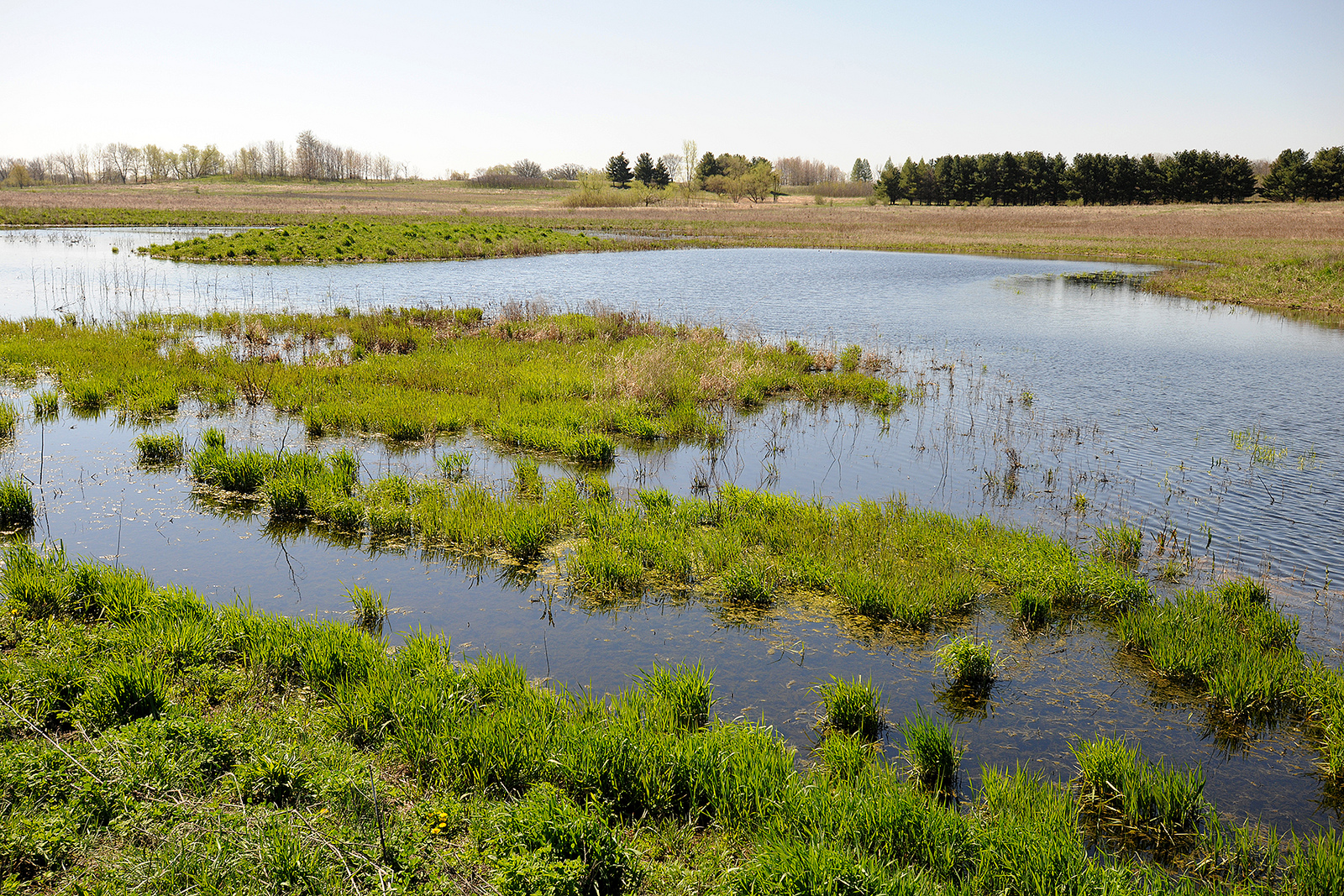
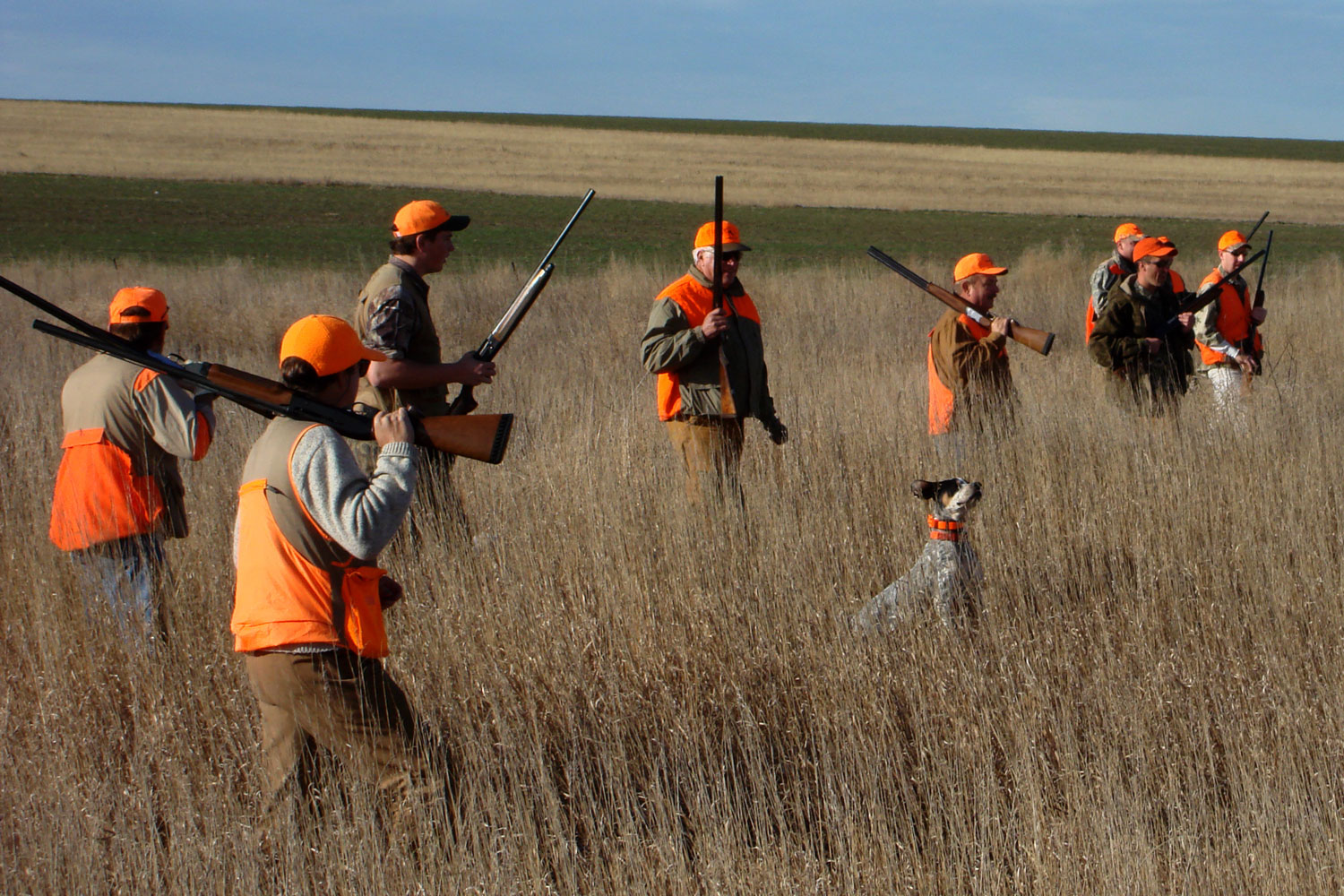
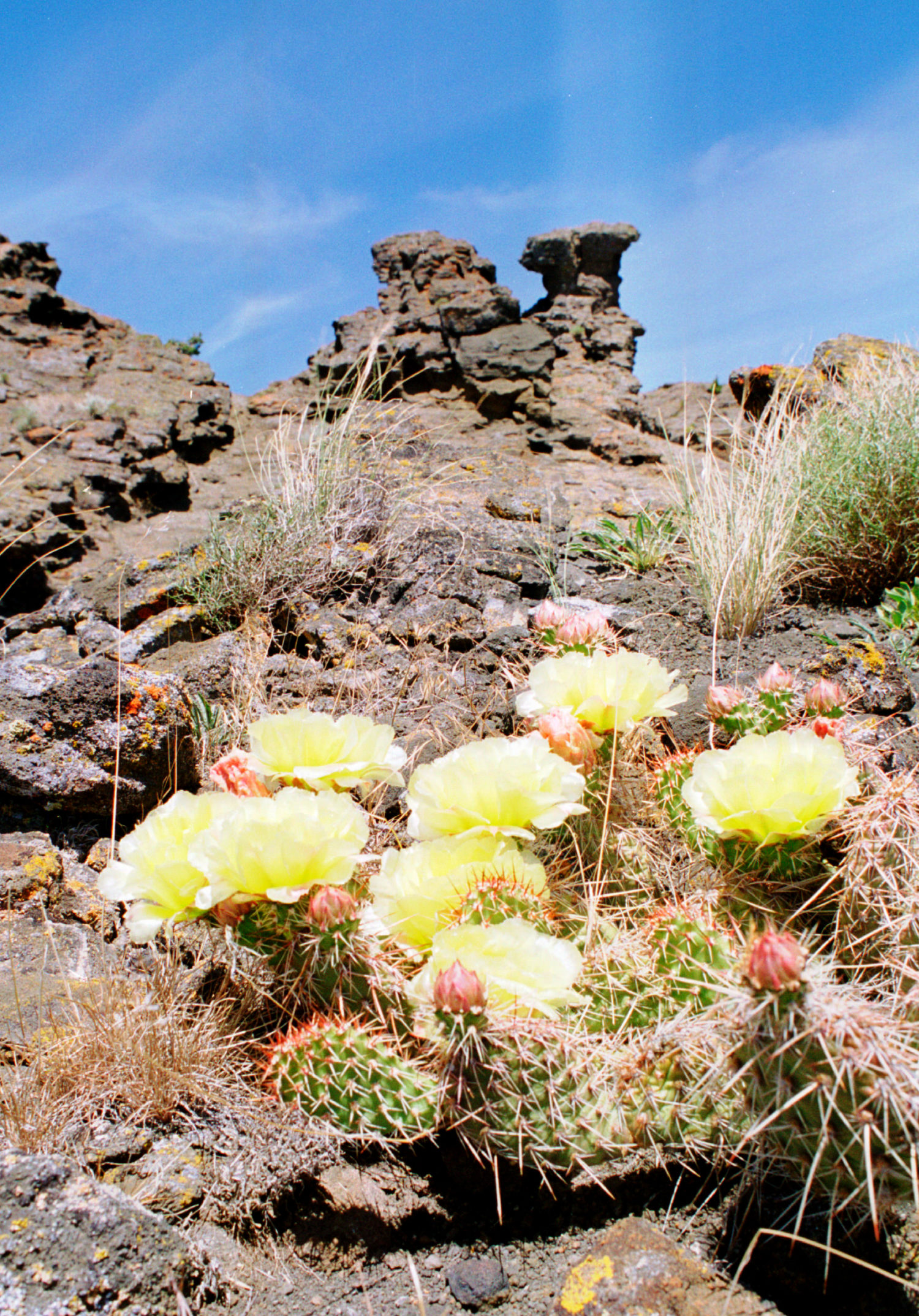
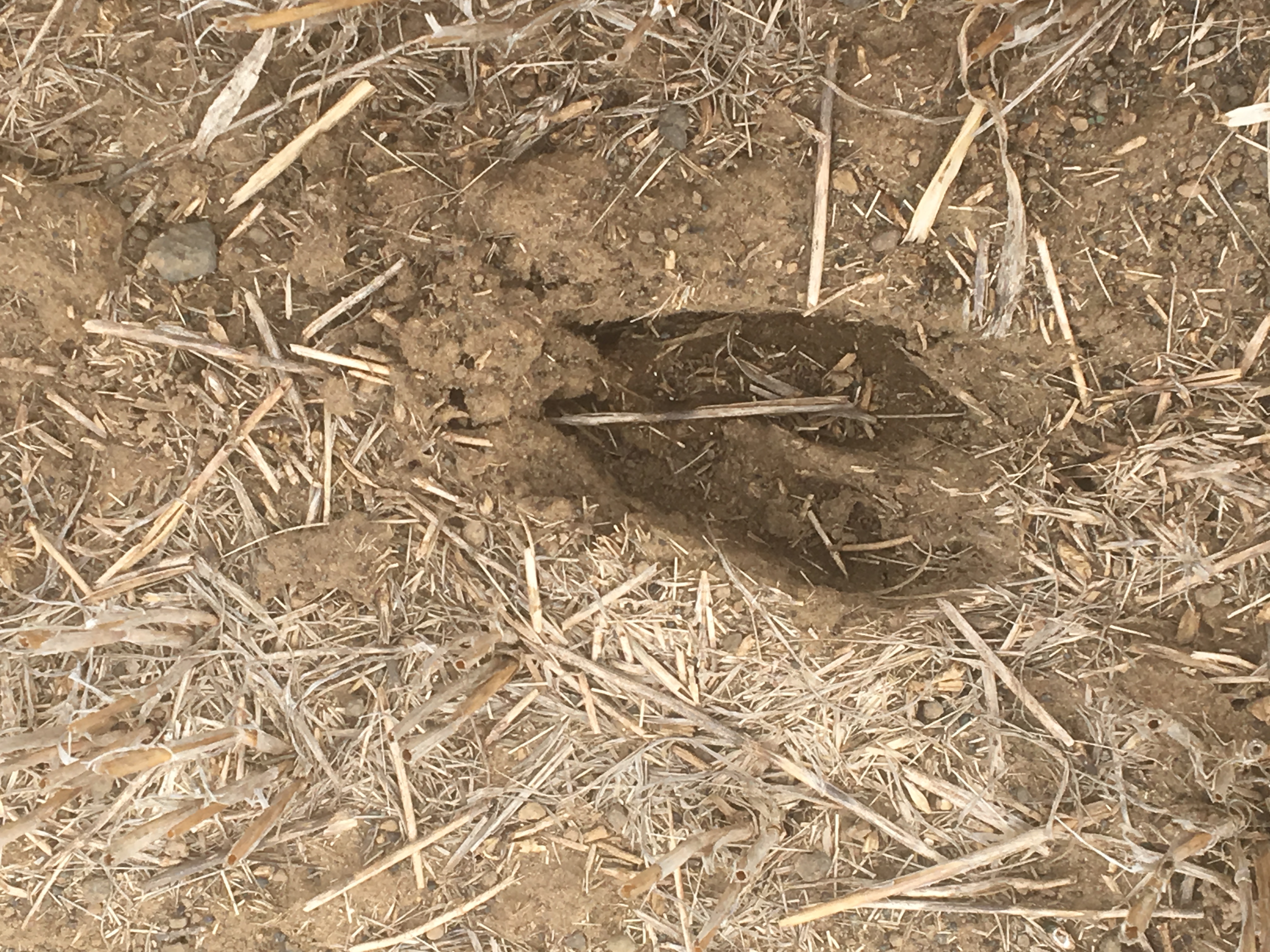




Love reading your stuff! Very impressed with your writing AND the message! I have always been one of your biggest fans! More exciting things on the horizon for you! Pat
I am on the Red-tail Land Conservancy board with your father and I want to tell you how much I enjoyed your article. I understand why your Dad is so very proud of you. You are an amazing young woman! Thank you for your commitment to the mission.
Julia,
As a lifetime Trustee of the Nature Conservancy and a friend and admirer of your father and your grandfather, I applaud the work in which you are so deeply and effectively engaged. I read your article in growing awe at the rigor of your schedule….but I was relived to see you got a night at home with dog and husband 🙂